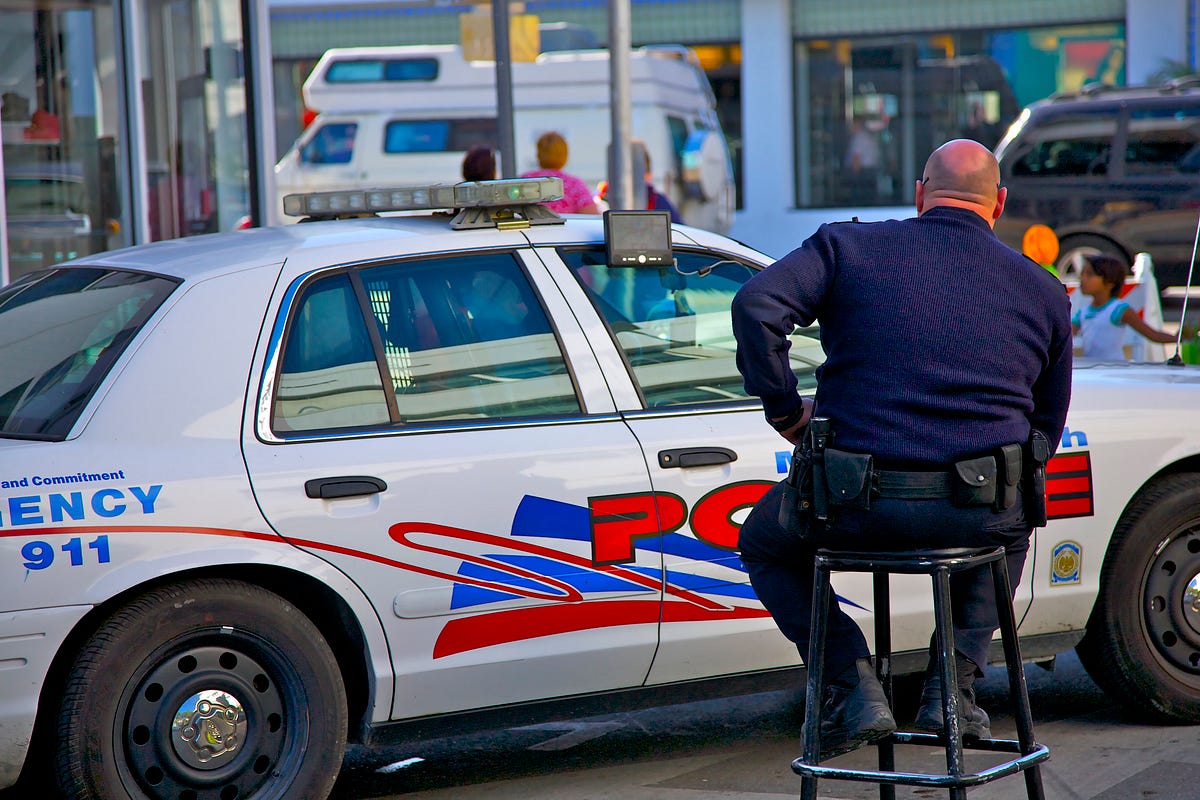Summary
Can artificial intelligence assume the responsibilities of patrol policing in the US by the year 2040? The integration of artificial intelligence into patrol po…
Source: medium.com

AI News Q&A (Free Content)
Q1: How can artificial intelligence enhance the effectiveness of patrol policing by 2040?
A1: Artificial intelligence can enhance patrol policing by analyzing vast amounts of data to predict criminal activities and allocate resources effectively. Techniques such as predictive analytics can identify potential offenders and victims, optimizing patrol routes and preventing crimes proactively. AI-driven systems can handle routine tasks, allowing officers to focus on complex situations requiring human judgment.
Q2: What are the ethical concerns associated with AI integration in policing?
A2: The integration of AI in policing raises ethical concerns, such as privacy violations, bias in data processing, and accountability. AI systems can inadvertently perpetuate existing biases if trained on biased historical data. Ensuring transparency and establishing oversight mechanisms are crucial to addressing these ethical challenges and gaining public trust.
Q3: What advancements in AI technology are being utilized for police body-worn camera footage analysis?
A3: Recent advancements in AI involve using machine learning and natural language processing to analyze police body-worn camera footage. Techniques like speaker separation, transcription, and large language models help extract insights from interactions between police officers and civilians. This analysis aids in understanding behavioral dynamics and improving training and accountability processes.
Q4: How does the KLCBL model improve police incident classification, and what are its implications for law enforcement?
A4: The KLCBL model enhances police incident classification by integrating Kolmogorov-Arnold Networks, linguistically enhanced text preprocessing, CNN, and BiLSTM. Achieving a 91.9% accuracy, this model improves resource allocation and police informatization, offering a more efficient approach for classifying incidents, especially in cases like telecom and online fraud.
Q5: What role does AI play in traffic violation prevention, and what strategies have been proposed?
A5: AI plays a crucial role in traffic violation prevention by optimizing police officer deployment at intersections. Strategies like the PROLA algorithm assign officers to maximize violation prevention, even with limited human resources. These intelligent policing strategies enhance compliance with traffic laws and reduce violations.
Q6: What are the potential benefits of AI in policing for community relations by 2040?
A6: AI has the potential to improve community relations by enabling more efficient and fair policing practices. By reducing biases and focusing on data-driven decisions, AI can enhance transparency and accountability. This approach can build trust between law enforcement and communities, leading to more cooperative and harmonious interactions.
Q7: What challenges might law enforcement agencies face in adopting AI technologies by 2040?
A7: Law enforcement agencies may face challenges such as budget constraints, technical infrastructure development, and resistance to change among personnel. Additionally, ensuring data privacy, overcoming biases in AI models, and maintaining transparency are significant hurdles. Agencies must invest in training and infrastructure to successfully integrate AI technologies.
References:
- Predictive policing
- Artificial intelligence
- Towards AI-Driven Policing: Interdisciplinary Knowledge Discovery from Police Body-Worn Camera Footage
- KLCBL: An Improved Police Incident Classification Model
- Intelligent Policing Strategy for Traffic Violation Prevention





